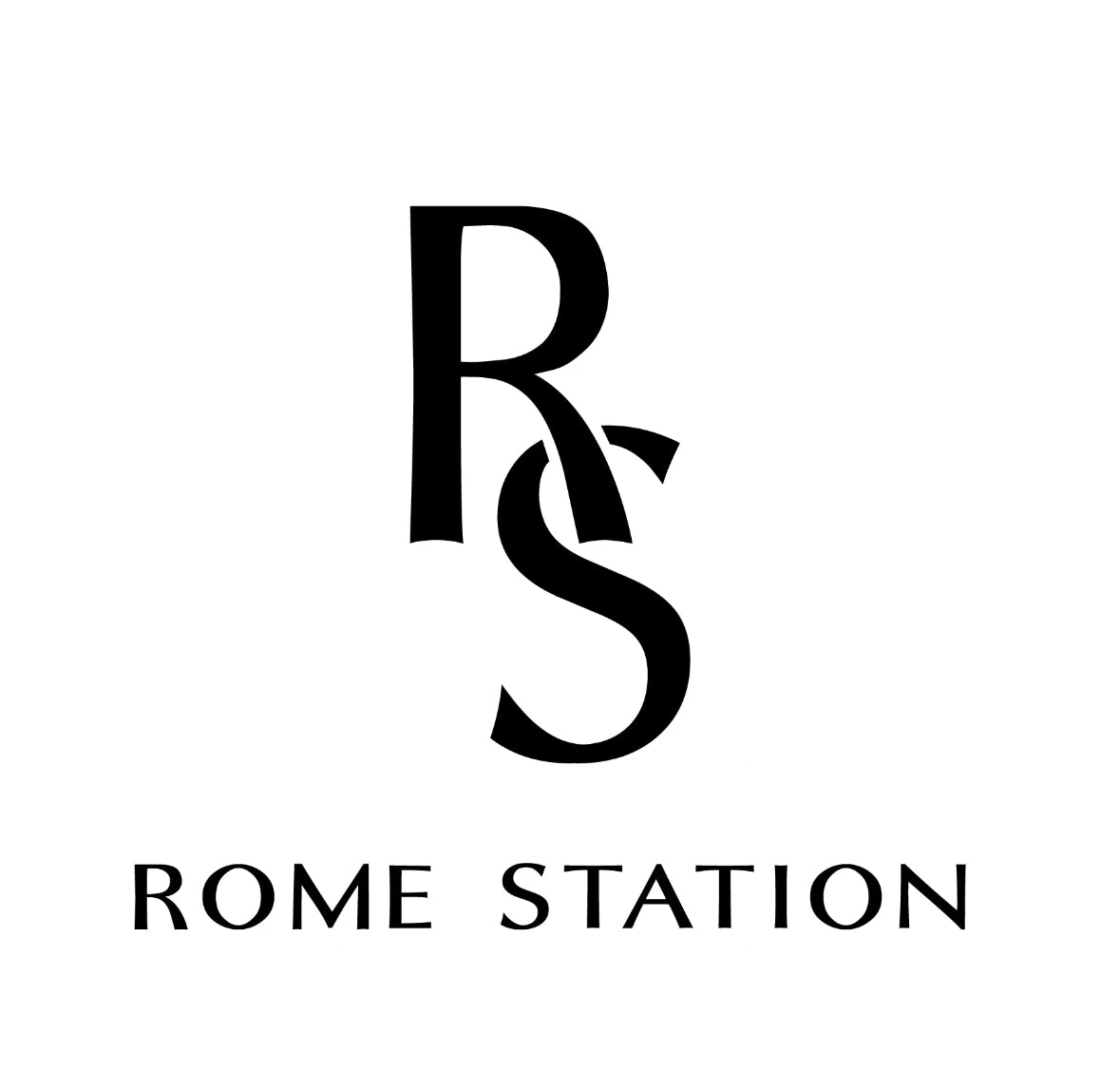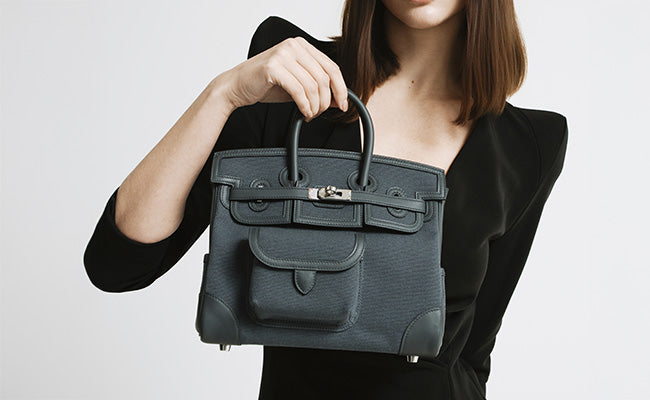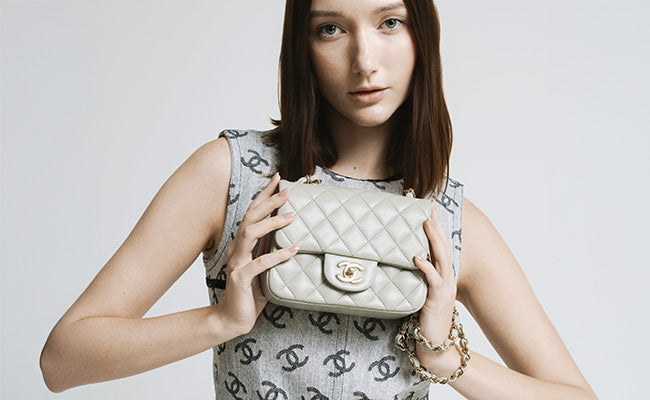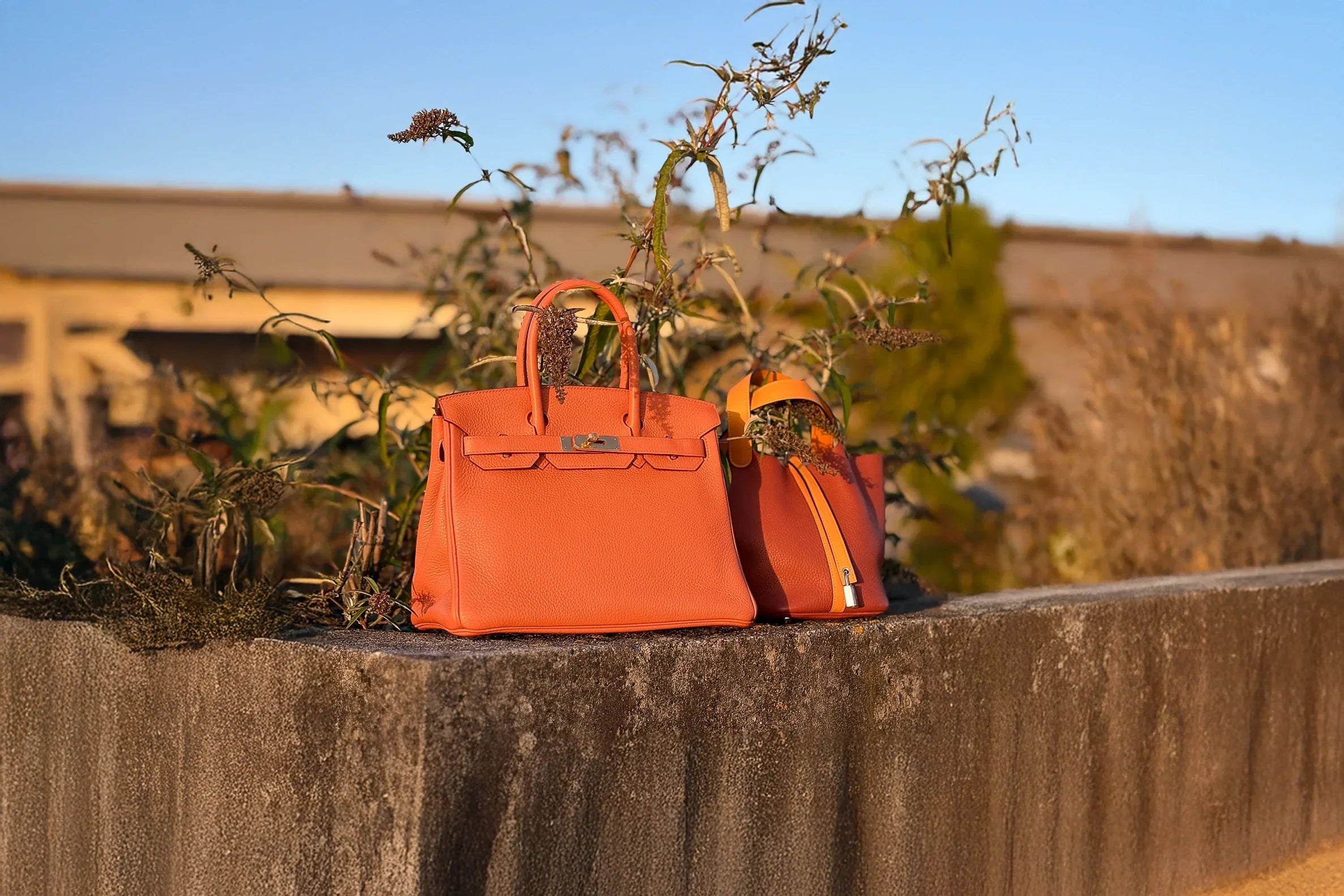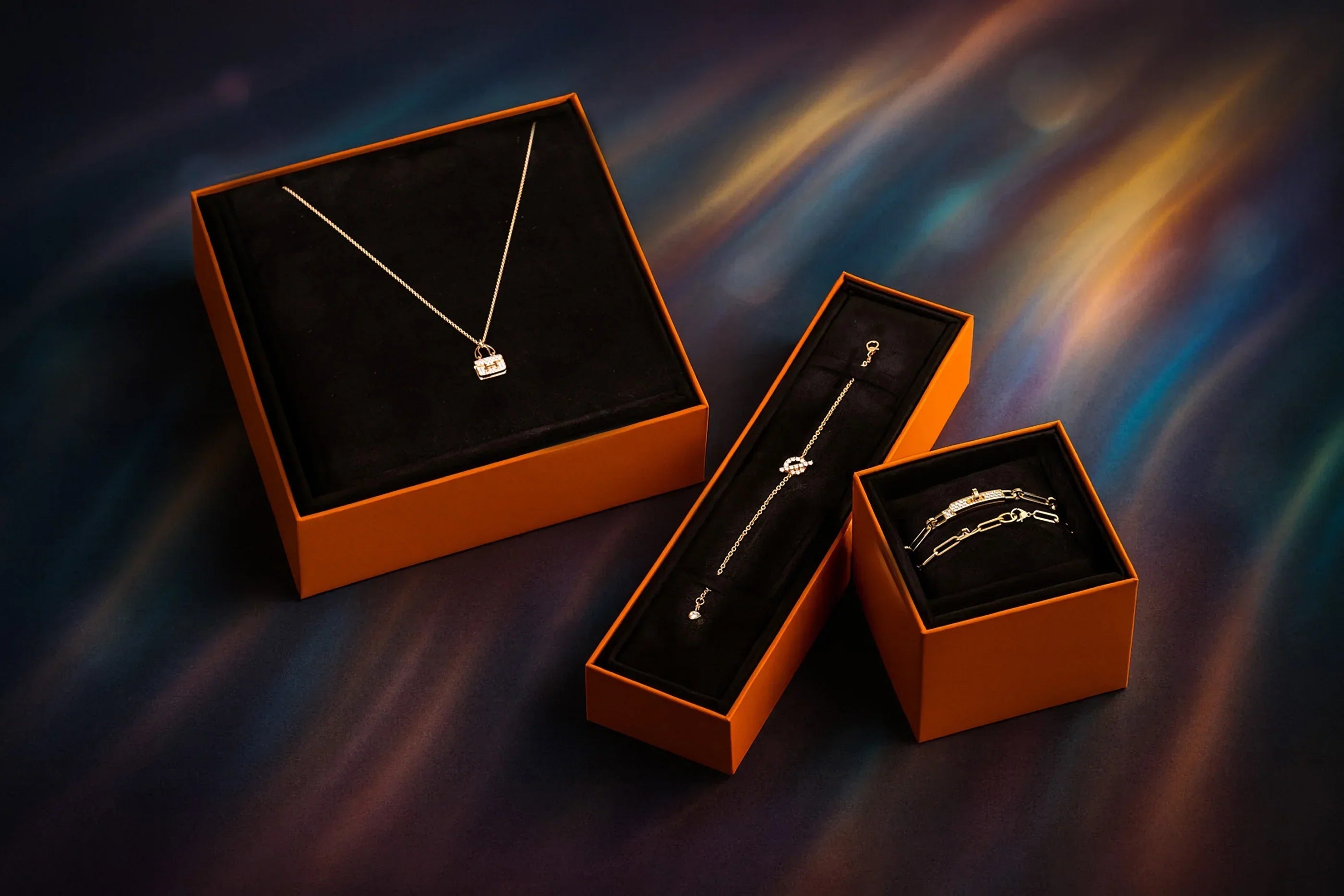
Upgrade Pathways: Smart Trade‑Ins to Move from Starter Pieces to Grails
Check out our Hermès collection and Birkin bags!
Every luxury enthusiast faces the same dilemma: how do you evolve from those first tentative purchases to the holy grail pieces that make your heart skip a beat?
Whether you're clutching your first designer bag or already have a modest collection, the path to acquiring those coveted Hermès pieces doesn’t have to drain your savings account.
Strategic trade-ins offer a clever way to upgrade, letting you use what you already own as stepping stones toward those dream items that really define luxury.
The beauty of smart trading is in knowing when to move and how to spot value. Most of us have bought pieces that, months later, don’t quite fit anymore - maybe your style shifted, or you just want something new.
But these aren’t mistakes; they’re investments waiting to be activated. The luxury market rewards patience and a bit of homework, especially when you know how to make trade-in programs and consignment work for you.
Building a world-class collection isn’t about having bottomless pockets; it’s about stacking smart moves over time.
If you know which pieces hold their value and when to trade, there’s a path from starter luxury to grail status that doesn’t mean starting over with every upgrade.
Key Takeaways
- Strategic trade-ins turn your current pieces into real progress toward grail-level luxury - no need to empty your bank account.
- Knowing which bags hold value and timing your moves right gets you more trade-in credit for future purchases.
- Upgrading thoughtfully builds a collection with lasting value, not just a pile of random buys.
Understanding the Upgrade Pathway: From Intro to Grail Status
Moving from accessible starter pieces to those grail bags is a journey, and seasoned collectors know it’s a game of strategy. Trade-ins bridge the financial gap, letting us turn what we already have into something bigger and better.
Defining Starter Pieces Versus Grails
Starter pieces usually mean the Evelyne, Garden Party, or Picotin Lock - bags that run from CAD $4,000 to $8,000. They’re easy to find in boutiques, and you get real Hermès quality without the waitlist hassle.
Sure, the leather’s great, but these bags don’t have the same prestige as quota pieces.
Grails? That’s the Birkin, Kelly, and Constance. These start at around CAD $15,000 and can shoot past $100,000 if you’re looking at exotics or rare editions.
Getting a grail bag takes more than cash. You’ll need a relationship with your sales associate and often a history of shopping with the brand. These are the bags that tend to appreciate, especially in rare colors or leathers like crocodile or ostrich.
The jump from starter to grail isn’t just about money - it’s about exclusivity, craftsmanship, and, honestly, a bit of status in the luxury world.
Motivations Behind the Upgrade Journey
A lot of collectors chase grails for the status. Let’s be honest: carrying a Birkin says something different than carrying an Evelyne, even if both are beautifully made.
There’s also the investment angle. Hermès bags usually hold or even gain value, so upgrading can actually make sense financially, not just emotionally.
Over time, many collectors start to really appreciate the craftsmanship. Once you’ve handled a quota bag, the extra attention to detail is hard to miss.
Tastes evolve too. Sometimes what felt “too much” at first starts to feel just right as your style and confidence grow.
And then there’s the thrill of the hunt. Landing a grail after building relationships and putting in the work just feels good - it’s more satisfying than a simple shopping spree.
How the Trade-In Process Empowers Collectors
Trade-ins make upgrades possible without waiting forever to save up. Instead of letting your starter piece gather dust, you can unlock its value and put it toward something you really want.
Reputable resellers offer trade-in programs that let you apply your Evelyne’s current value straight toward a Birkin, for example. This recognizes that luxury bags are investments, not just accessories.
The process usually includes professional authentication and a market-based valuation. Condition, age, and desirability all factor into your trade value.
Timing matters. Trading during high-demand seasons or when your bag’s color is trending can get you more credit.
Trade-ins also help keep your collection lean. Instead of hoarding bags you’ve outgrown, you can let your collection evolve and keep its overall value strong.
Smart collectors treat trade-ins like rebalancing a portfolio - fewer, better pieces, not just more bags.
How Smart Trade-Ins Work
Smart trade-ins give you a clear path to upgrade your Hermès collection while squeezing the most value from pieces you’re ready to part with. It’s about honest evaluation and smart credit application toward your next big buy.
Eligibility Criteria and What Qualifies
Not every luxury piece is eligible for trade-in. Most reputable dealers focus on authentic Hermès bags, especially classic styles like Birkin, Kelly, and Constance.
What usually qualifies:
- Authentic Hermès craftsmanship and hallmarks
- Provenance docs if you have them
- Good condition - no major damage
- Popular colors and leathers that resell well
Limited editions and rare exotics usually get higher trade-in credit. On the flip side, bags that are heavily worn or need lots of repairs might not make the cut.
Some programs don’t take seasonal accessories or new lines. In our experience, established styles from the permanent collection do best.
If you’ve got receipts, authenticity cards, or purchase records, include them - they help a lot.
Evaluating Condition and Authenticity
Authentication is everything in legit trade-in programs. Experts check every detail - stitching, hardware, stamps - using magnifiers and reference guides.
What they look at:
- Leather: Scratches, fading, corners
- Hardware: Tarnish, working order, original finish
- Interior: Stains, odors, structure
- Authenticity: Date stamps, craftsman marks, serials
Condition affects trade-in credit big time. A pristine Birkin might get you 60-70% credit, while one in “good” shape could be more like 40-50%.
Set realistic expectations. Bags used daily develop patina, but experts can tell the difference between normal wear and damage.
Steps in the Smart Trade-In Process
You’ll start by submitting photos and basic info. Most programs want clear shots from every angle, hardware close-ups, and any signs of wear.
The usual process:
- Initial review: Photo check and a ballpark valuation
- Physical inspection: Either in-person or by shipping the bag in
- Final valuation: Credit based on actual inspection
- Credit applied: You use it toward your next buy
Processing times range from a day to several days, depending on shipping and location. If you’re after a specific piece, plan ahead.
Most programs hold your credit for 30-90 days, giving you some breathing room. Some apply credit right away, others after you finish your new purchase.
Maximising Your Trade-In Value
Getting the best offer for your bag takes planning and a bit of market savvy. Condition, documentation, timing, and presentation all matter.
Factors Affecting Trade-In Value
Condition is the big one. Pristine Hermès pieces get much higher offers than those with obvious wear. Scratches, stains, or tarnished hardware can drop value by 20-40%.
Rarity and desirability are huge too. A Birkin 25 in Noir will always beat a Garden Party in trade value. Limited editions and discontinued colors fetch premiums.
Market demand shifts with trends. Some years Constance bags are hot, and their trade values jump.
Age plays out differently. Vintage Kellys from the ‘60s can fetch more than recent models, while seasonal items lose value faster.
Complete documentation - auth cards, receipts, boxes - can bump offers by 15-25%. Missing dustbags or packaging can scare off dealers.
Preparing Your Piece for Maximum Credit
Professional cleaning can work wonders. Sending your bag to the Hermès spa ($200-400) can boost its value by $1,000-2,000 on high-end pieces.
Polish your hardware with the right products. Palladium and gold-plated bits should shine, not look scratched or dull.
Round up all original extras - dustbags, boxes, ribbons, care booklets. Dealers want complete sets.
Document everything. Take photos of serials, date stamps, and special details. Certificates from places like Entrupy add trust.
Check market prices on reputable resale platforms. Knowing what bags are selling for helps you negotiate.
Take honest, clear photos - don’t hide flaws. Transparency builds trust and keeps lowball offers at bay.
Timing Your Upgrade for the Best Offers
Seasonal demand makes a difference. Spring (March-May) is busy for luxury consignment, and pre-holiday months (September-November) see higher prices.
Fashion weeks (February, September, October) bring more demand for statement pieces. We’ve seen trade offers jump 10-15% during these times.
End-of-quarter deals can be better too. Consignment houses push to meet sales targets, so March, June, September, and December can be good windows.
New collection launches are a wild card. Sometimes classics get a bump when new releases are pricey or flop, but similar new styles can hurt older models’ value.
Economic shifts play a role. During uncertain times, buyers want safe bets - Kelly and Birkin - over trends.
Keep an eye on authentication wait times and dealer inventory so you can strike when the timing’s right.
Leveraging Trade-In Credit for Coveted Grails
Trade-in credit can turn slow, incremental upgrades into big leaps toward those dream bags. If you play your cards right, you can bridge the gap between “nice” and “legendary.”
How Trade-In Credit Fuels Bigger Upgrades
Trade-in credit is basically luxury currency when you’re aiming for grails. Instead of selling your Constance 18 for cash, trading it toward a Kelly 25 in Noir Epsom lets you keep your foot in the door with the retailer.
It adds up fast. A well-kept Constance might get you $12,000 in trade credit, compared to $8,000 in a private sale. That $4,000 difference matters when you’re eyeing a $15,000+ grail.
Best ways to use credit:
- Trade multiple mid-tier pieces at once
- Time trades with seasonal inventory refreshes
- Bundle accessories with main bags for a bigger total
Sometimes, consignment houses run credit bonuses - 10-15% extra during slow periods. We’ve seen collectors combine a Garden Party, some scarves, and a belt to suddenly have $8,000 toward a Birkin they thought was out of reach.
Really, think of trade-in credit as grail money, not just store credit.
Using Credit Strategically for Ultra-Luxe Acquisitions
Getting those ultra-luxe pieces - $25,000+ exotics or limited editions - takes a smart approach to your trade-in credit. These aren’t bags you buy on a whim; you need a plan.
Top consignment houses often reserve their best for high-credit clients. If you’ve built up a big credit balance, you might get first dibs on incoming grails before anyone else even knows.
Timing matters. Holidays and end-of-quarter are when more grails show up, as collectors sell for taxes or year-end shopping.
Smart strategies:
- Keep at least $10,000+ in credit for grail access
- Spread big credits across a few trusted consigners
- Negotiate longer credit holds on time-sensitive pieces
We’ve watched collectors use $15,000 in trade credit toward a $30,000 Himalayan Birkin - cutting the out-of-pocket cost in half. The trick is patience and knowing when to go all-in.
Watch those credit expiration dates, though. Don’t let your hard-earned credit vanish when the right grail finally appears.
Choosing Your Upgrade Path: Trade-In, Refurbish, or Sell
Modern trade-in programs offer a real alternative to private sales, but the smartest move depends on your style and goals.
Comparing Modern Trade-In Programs
Luxury retailers have really stepped up their trade-in offerings lately. Reputable resale platforms now give instant valuations and streamlined processes that beat old-school consignment.
Trade-in programs usually offer:
- Immediate store credit (often 10-15% higher than cash payouts)
- Professional authentication
- No seller fees or shipping costs
- Fast turnaround (often 24-48 hours, while consignment can take weeks)
The trade-off? You’ll usually get 60-70% of retail value, while private sales might net you 80-90%.
Hermès’ own upgrade program for leather goods is worth a look. It’s selective, but you can trade in directly for new purchases with fair valuations.
Refurbishing makes sense for pieces with minor wear but good bones. Restoration can cost $200-800, but might add $2,000-5,000 in value, especially for vintage Kellys.
Customising the Upgrade Approach for Personal Tastes
Your upgrade strategy should fit both your financial goals and how you actually live. If you care more about convenience than squeezing out every dollar - especially for pieces under $10,000 - trade-ins just make sense.
Consider trade-ins if you:
- Want speed and simplicity
- Like guaranteed transactions
- Prefer store credit for instant upgrades
- Own pieces that might raise authentication questions
Go for private sales when:
- Maximizing profit matters most
- You have rare or limited pieces
- Time isn’t an issue
- You enjoy the process of selling
If you’re holding trendy or seasonal pieces, it’s usually best to trade in quickly before the market cools off. Classic Hermès bags tend to be worth the extra hassle of private sales, since their resale value holds up so well.
Refurbishing is worth it when a piece means something to you or if the repair costs less than 20% of what the item will be worth after fixing.
Building Long-Term Luxury Collections Through Upgrading
Upgrading isn’t just about swapping bags - it’s about turning starter pieces into the kind of collection people envy. The collectors who do best? They build real relationships with dealers and make smart trades to keep their investment safe.
Establishing Relationships with Boutiques and Dealers
Trust goes a long way with boutiques. If you’re a familiar face, you’ll see exclusive pieces and better trade-in deals. We’ve noticed that regulars often get first dibs on limited releases and special drops.
Visiting boutiques regularly helps you stand out as a serious collector. Sales associates remember customers who care about craftsmanship and make thoughtful choices, not just impulse buys.
Relationship tips:
- Buy a few smaller accessories at first to show you’re committed
- Show up for boutique events and trunk shows
- Keep in touch about your collection goals
- Actually care about the brand’s history and craftsmanship
Authorized dealers sometimes offer trade-in programs for loyal clients. These deals usually beat what you’d get selling to random buyers, and you get instant credit toward something new.
Keep your receipts and track your purchases. This paperwork proves your stuff is real and shows when you bought it - both matter a lot for trade-in value.
Maintaining Value Across Multiple Upgrades
If you want to upgrade smart, you need to know which pieces really hold their value. Limited editions and classic styles usually keep a higher percentage of their original price.
High-retention pieces:
- Birkin and Kelly bags in neutral colors
- Limited edition seasonal items
- Discontinued hardware
- Rare leathers and exotics
Trade at the right time. Watch what’s in demand before you start talking trades with dealers.
Condition matters - a lot. Clean your bags professionally, store them carefully, and avoid obvious wear. That alone can add thousands to your trade value.
Keep original packaging, dust bags, and authenticity cards. Missing these can knock 15-20% off your trade offer, even if your bag is spotless.
Sustaining Our Collection's Prestige Over Time
Building a collection that lasts means balancing what you love with what will still matter next year - or in five. Focus on pieces that never really go out of style, not just what’s hot right now.
Timeless picks:
- Neutral colors (Black, Gold, Etoupe)
- Classic sizes (Birkin 30, Kelly 28)
- Traditional hardware (Gold, Palladium)
- Versatile leathers (Togo, Clemence, Epsom)
Take time to reassess your collection. Sometimes it’s worth trading several smaller bags for one true grail and focusing your value.
As your collection grows, documentation gets even more important. Keep detailed records of when you bought each piece, how much you paid, and any trades you’ve made. It helps track your investment and plan your next moves.
Having relationships with a few different dealers gives you options when it’s time to upgrade. More trusted sources mean better trade offers and access to a wider range of bags.
Frequently Asked Questions
Here are some common questions about getting the most out of your trades, timing upgrades, and navigating the luxury resale world to reach your dream pieces - without blowing your budget.
What's the smartest way to upgrade from a starter luxury piece to a top-tier Hermès without taking a financial hit?
Start with limited edition or discontinued pieces - they hold value better than regular seasonal items. Chanel Boy bags or YSL College bags, for example, usually resell stronger than trend-driven bags.
Trade during peak demand. Spring cleaning or pre-holiday shopping seasons bring out more buyers and drive up competition for your pieces.
Build relationships with luxury consignment boutiques. They often give higher trade credits than cash, especially if you bring them more than one piece.
How do you strategically trade in a beginner luxury bag for a grail item without losing value?
Keep all the extras - boxes, authenticity cards, dust bags. These can bump your resale value by 15-20% if you keep them in good shape.
Take clear photos of your bag before you start using it. Having a record of its original condition makes value assessments easier down the road.
Stick with neutral colors like black, beige, or navy for starter pieces. More people want them, so they’re easier to sell and usually fetch better prices.
Can you walk me through the process of trading up from entry-level luxury accessories to high-end investment pieces?
Check current market values using reputable resale sites' pricing tools. Knowing the real value keeps you from selling yourself short.
Talk to several consignment shops or online platforms at once. Each one has its own clientele and might offer you different trade values.
If you can, take store credit instead of cash. Most luxury consignment shops give you a 10-15% bonus when you pick store credit over cash.
What should I know about preserving the value of my starter luxury goods when eyeing for an upgrade?
Store bags in their dust bags and use acid-free tissue paper to keep their shape. Avoid plastic - it can crack or discolor leather over time.
Fix little wear and tear right away with a professional. Small scuffs or color transfer are cheaper to fix early than waiting until it’s a big problem.
Rotate which bags you use. Even your starter bags will last longer if you don’t overuse any single one.
What are the insider tips for negotiating trades on luxury items to get closer to those grail pieces?
Bundle a few items together for better trade rates. Consignment shops like getting several pieces at once - it lowers their costs, so they’ll often give you a better deal.
Stick with one or two consignment boutiques and bring them good pieces regularly. Loyal clients tend to get first pick of new arrivals and better trade terms.
Ask if shops offer layaway or holds for dream pieces while you build up trade credit. Many will reserve a bag for you if you’re a regular planning a big trade.
How does the trade-in value of a luxury starter piece compare when aiming for a coveted grail upgrade?
Starter pieces usually keep about 40-60% of their retail value if you take good care of them. Meanwhile, true investment bags - think Birkin - can actually sell for more than what you paid in the first place.
Some limited runs and brand collabs from more accessible labels can surprise you. For example, a Louis Vuitton x Supreme piece tends to fetch more in trade than your average LV monogram bag.
Honestly, it’s smart to think about how long you hold onto these pieces. People who wait a couple of years before trading usually see better returns than those who flip right away.
